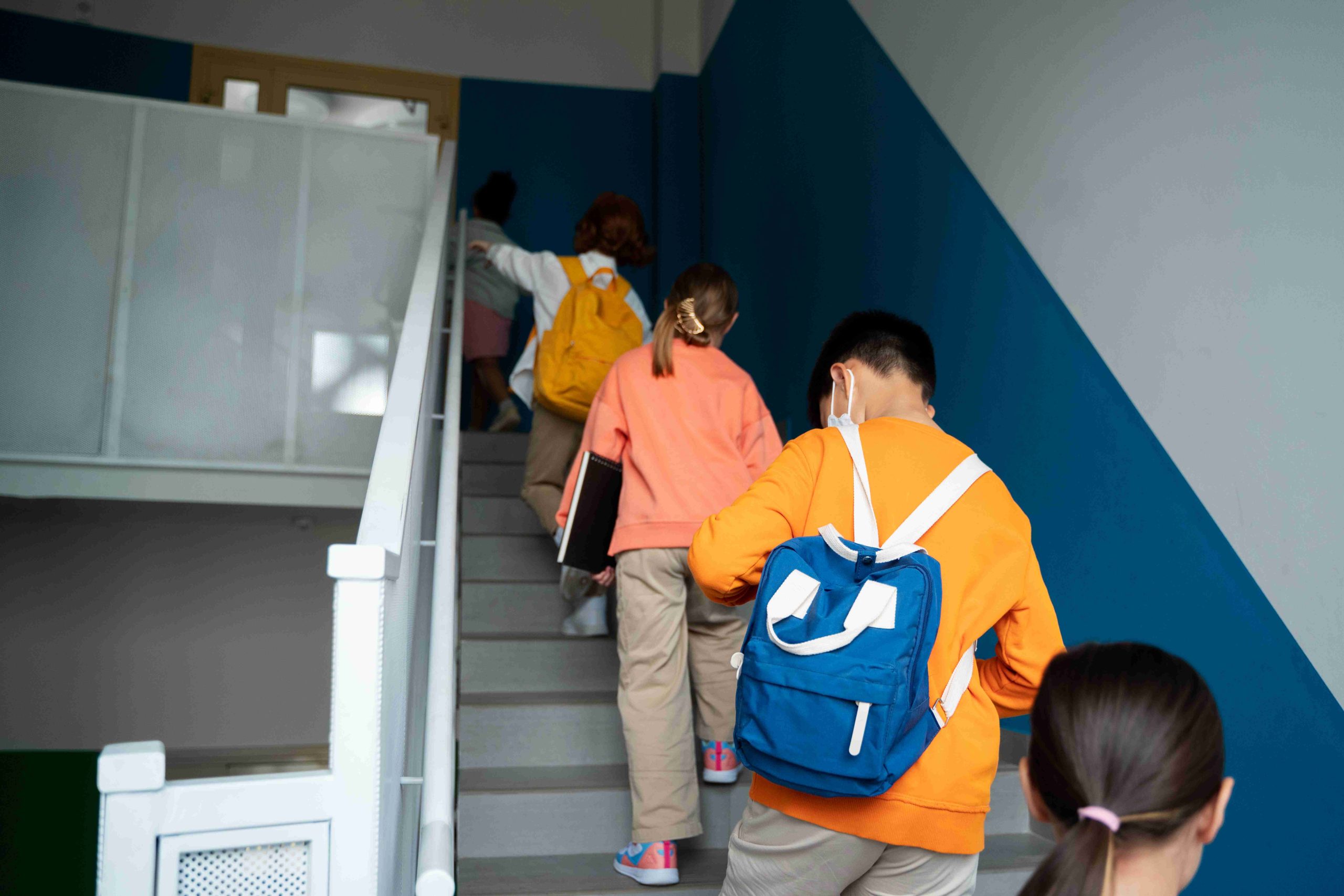
What Is A Fire Drill For Kindergarten?: Recognize Hazards
Safeguarding the well-being of our preschoolers remains a paramount concern for parents or guardians. One effective method to ensure their safety involves preparing them for emergencies, notably fires. A fire drill constitutes a crucial activity for preschoolers to identify hazards within their surroundings and react suitably during fire emergencies. This article delves into the essence of fire drills for kindergartens and underscores the significance of hazard recognition for preschoolers’ safety.
What Constitutes a Kindergarten Fire Drill?
A kindergarten fire drill simulates emergency scenarios, aiming to equip preschoolers, teachers, and staff with the necessary skills to navigate fire-related emergencies. Throughout such drills, preschoolers rehearse evacuating premises, maintaining composure amidst crises, and adhering to instructions provided by their educators and staff. This exercise stands as a vital requisite in all educational institutions, ensuring preparedness for genuine emergencies.
Two types of fire drills may involve preschoolers: announced and unannounced. While announced drills provide prior scheduling allowing mental preparation, unannounced drills serve to evaluate preschoolers’ readiness for impromptu emergency responses.
As part of a fire drill, preschoolers are directed to swiftly and calmly evacuate buildings under their teacher or staff’s guidance. Leaving personal belongings behind, they gather at designated assembly points outside. A headcount follows to ascertain the presence of all preschoolers.
The Significance of Fire Drills for Preschoolers
Preschoolers, with their innate curiosity and boundless energy, may not fully grasp the peril posed by fires. Educating them on fire safety and conducting regular drills are imperative measures to ensure their preparedness during emergencies. Fire drills serve as indispensable components of kindergarten emergency protocols. This article elaborates on the importance of these drills for preschoolers.
Instilling Calmness during Emergencies
Fire drills aid preschoolers in cultivating composure and adherence to instructions during crises. Given their ongoing emotional development, real emergencies might easily overwhelm them. Thus, practicing drills alleviates fear and anxiety, imparting confidence and readiness for emergency situations.
Teachers and staff utilize fire drills to elucidate proceedings to preschoolers, familiarizing them with evacuation protocols. Such familiarity breeds confidence, minimizing injury risks during real emergencies.
Familiarizing with Evacuation Protocols
Fire drills allow preschoolers to rehearse swift and safe building evacuations, ensuring adherence to designated exit routes and assembly points. Mastery of evacuation procedures ensures everyone’s safe egress during real emergencies.
Educators leverage drills to emphasize protocol adherence, stressing the avoidance of lifts and re-entry into buildings, thus reinforcing safety norms.
Identifying and Mitigating Hazards
Routine fire drills facilitate the identification of previously unnoticed hazards, such as blocked exits or malfunctioning equipment. Prompt identification enables hazard rectification, enhancing overall kindergarten safety.
Regular drills heighten educators’ and staff’s awareness of potential hazards, fostering proactive mitigation measures. This proactive approach diminishes injury and property damage risks during actual emergencies.
Ensuring Emergency Preparedness of Staff and Preschoolers
Fire drills serve as platforms for staff to validate emergency readiness by reviewing protocols, updating contact lists, and assessing fire safety equipment functionality.
Regular drills bolster educators’ and staff’s confidence in emergency management, assuaging fears and ensuring prompt and proper responses during real emergencies.
Fire drills represent pivotal elements of kindergarten emergency preparedness strategies, imparting invaluable skills to preschoolers, educators, and staff. By prioritizing regular drills, kindergartens uphold their commitment to student and staff safety during crises.
Identifying Hazards to Preschoolers’ Safety
Recognizing hazards forms a fundamental aspect of preserving preschoolers’ safety during fire drills. Hazards encompass potential threats that could endanger or harm preschoolers. Identifying hazards is instrumental in accident prevention and ensuring preschoolers’ readiness for emergencies.
Numerous hazards necessitate preschoolers’ awareness to safeguard their well-being during fire drills, including:
1. Blocked Exits: Preschoolers must recognize and comprehend the dangers posed by blocked exits, hindering escape during emergencies.
2. Smoke: Smoke inhalation can induce respiratory distress and impair visibility and breathing during fire drills.
3. Fire: Understanding the perils of fires, encompassing burns and smoke inhalation, is imperative for preschoolers.
4. Flammable Materials: Preschoolers must identify flammable materials like paper and wood, acknowledging their propensity to ignite easily.
5. Electrical Haz ards: Recognizing electrical hazards, such as exposed wires or faulty equipment, is vital to prevent electrocution or fires.
Hazard recognition entails ongoing vigilance, necessitating preschoolers’ education on identifying environmental hazards and promptly reporting them to educators or staff.
The Crucial Role of Fire Drills for Kindergarten Students
Regular fire drills are indispensable for preschoolers’ emergency preparedness, offering various benefits. Highlighted below are some advantages of routinely conducting fire drills for kindergarten students:
1. Enhance Safety: Fire drills primarily aim to bolster preschoolers’ safety by identifying and addressing hazards, acquainting them with evacuation protocols, and ensuring preparedness for emergencies.
2. Alleviate Fear and Anxiety: Familiarity with fire drills reduces preschoolers’ apprehension and distress, making emergency exercises less daunting. Predictability breeds comfort, diminishing fear and anxiety during actual emergencies.
3. Inculcate Life-Saving Skills: Fire drills impart essential life-saving skills like remaining composed, adhering to instructions, and evacuating safely. These skills extend beyond fire emergencies, enriching overall emergency preparedness.
4. Fulfill Legal Obligations: Kindergartens are legally mandated to conduct regular fire drills, ensuring compliance and fostering a secure learning environment.


